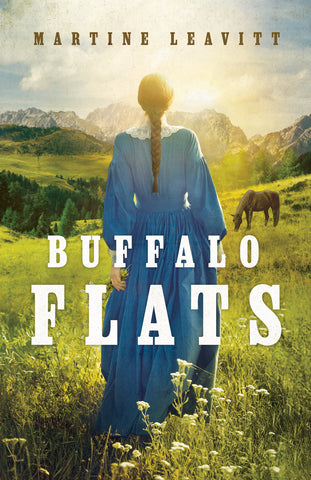
"The Last Taboo" by Martine Leavitt
The Last Taboo
Martine Leavitt
I had long wanted to write a book based on the collection of personal histories of my pioneer ancestors in Southern Alberta. Their stories were inspiring and funny, sometimes tragic, and told of a lesser-known part of Canadian history — I felt compelled to write it. But soon after I began drafting this book, I realized that I could not honestly tell the story separate from the religion that brought my people to Canada. That gave me pause.
Critic, author and teacher Patty Campbell, in her book Spirituality in Young Adult Literature: The Last Taboo (written with Chris Crowe, Rowman & Littlefield Publishers, 2015) says that although authors of young adult literature these days address topics that explore all kinds of sexual, ethical, social and psychological issues, there is one last “taboo” for writers and publishers: spirituality.
YA author Pete Hautman in a VOYA magazine interview put it this way: “I am not a person of faith, but I think that the topic of religion is underserved in YA literature. Most writers want nothing to do with it because any mention of religion in any context is a sales killer.”
“Sales killer.” That did not sound good to me.
On the other hand, I could see so many reasons to break the taboo.
For one, it was my story, the story of my ancestors and my faith tradition. It felt like a story perhaps only I could tell.
Furthermore, I believed, positive representations of characters of faith were sorely underrepresented in mainstream literature for young adults, even though, according to the Pew Research Center, many U.S. teens have religious experiences, say they feel spiritual peace at times, and identify with a particular religion. Their cultural heroes are not shy about declaring their faith — Beyoncé in her recent Grammy Award acceptance speech acknowledged God twice. It seemed to me that religious inquiry was a part of many modern teenagers’ lives. Should young readers be able to find themselves on the page, in a good story that doesn’t make them feel ashamed of their beliefs?
Finally, I thought, wouldn’t more positive representations of faith communities contribute to increased tolerance and inclusivity? In a world where Antisemitism and Islamophobia are on the rise again, positive representations of religious traditions may even have the potential to save lives.
So I wrote Buffalo Flats authentically, but not without some trepidation.
Marilynne Robinson, author of the Pulitzer Prize-winning Gilead said this in an interview with the Washington Post: “People say to me ‘I’m religious, I’d like to write about religion, but everybody would hate it, nobody would read it.’ You’re a coward, is what you feel like saying. Faith is one of the great structuring elements in civilization. It has fascinated the best minds of many centuries. If it happens to fascinate yours also, there is no reason to be afraid. Of what, a bad review?”
Perhaps winning the Pulitzer Prize makes one immune to bad reviews. But it was true that faith had fascinated my mind for a long time, and also true that I did not want fear to dictate what I should or should not write about.
I wrote Buffalo Flats for people who like history, humor and a little romance in their reading. I wrote it for those whose lives were changed by the pandemic. I wrote it for that reader who longs for transcendence, who senses a sacredness in things. And I wrote it for me. Sales killer or not, here we go: I’m breaking the last taboo.

